How a tiny town in Shandong becomes South Korea's kimchi lifeline
Renzhao, a town of just 70,000 people in Shandong Province, is the unlikely powerhouse behind South Korea's beloved staple: kimchi.
Today, nearly 80 percent of South Korea's imported kimchi from China comes from this single town.
For South Koreans, kimchi isn't just food – it's identity. Averagely a person eats 35 kilograms a year. Over 90 percent eat it daily, and more than 60 percent say they can't get through three meals without it.
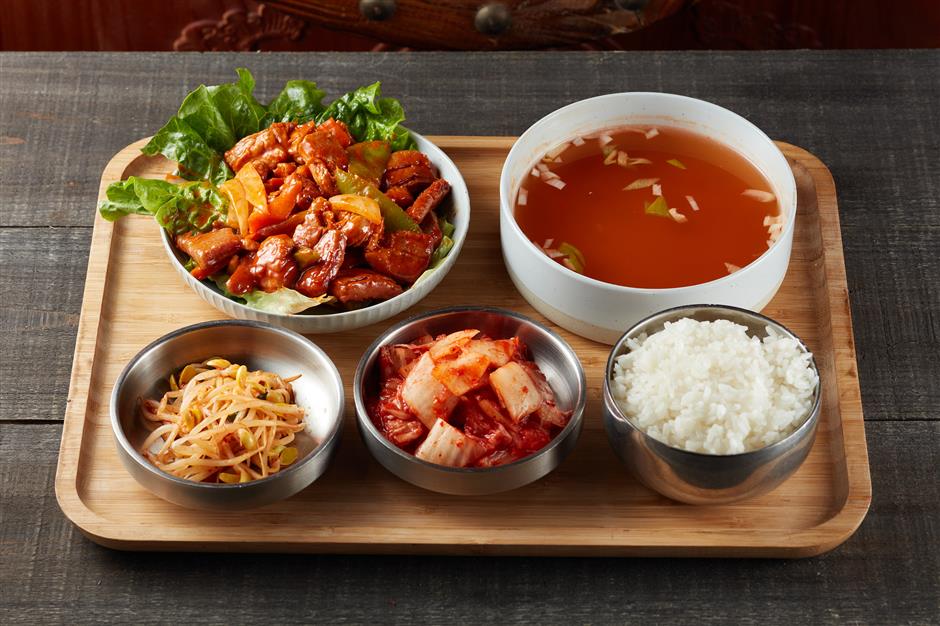
Even when taking photos, they don't say "cheese" – they say "kimchi."
But there's a catch: South Korea struggles to grow enough cabbage, kimchi's key ingredient. With an agricultural self-sufficiency rate of just 20 percent, the country is vulnerable to extreme weather.
In 2020, after weeks of rain and typhoons, cabbage prices in Seoul soared to 79 yuan (US$12) each. A similar spike in 2010 saw prices hit 85 yuan per head, with people queuing at dawn to secure supplies.
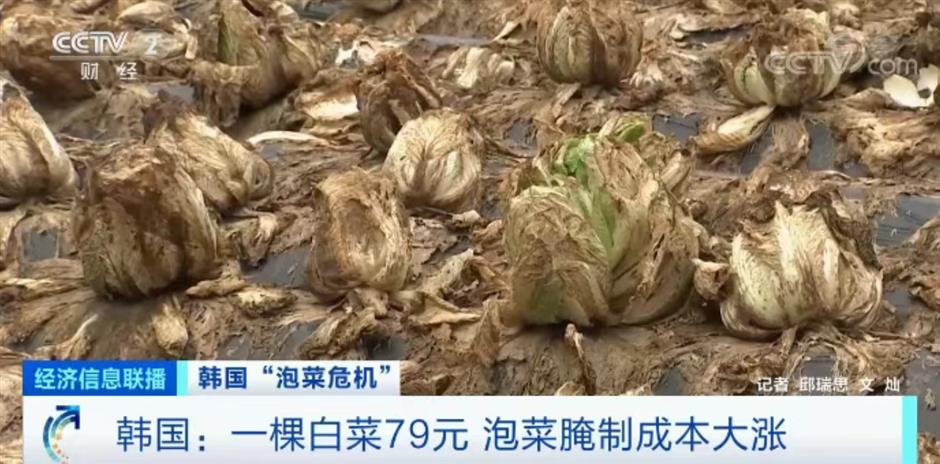
To stabilize the market, the government cut tariffs and turned to China. Shipments from Shandong, Hebei and Jilin poured in.
Renzhao's kimchi story began around 2000, when a South Korean investor set up a factory there. At first, local products failed to impress. South Koreans value "original local food" and enforce strict hygiene standards. But Renzhao gradually won trust by adopting stringent measures: testing every batch of vegetables, disinfecting side ingredients, using low-temperature logistics, and even spraying salt water to keep cabbages crisp.
Producers also fine-tuned recipes to match regional preferences in South Korea. Slowly but surely, Renzhao kimchi earned its place on Korean tables.
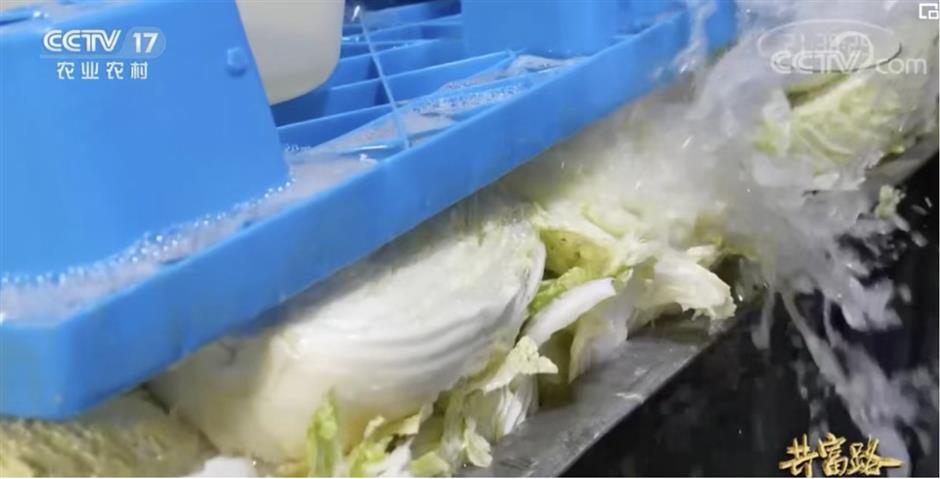
The road wasn't smooth. In 2011, when South Korean cabbage harvests recovered, Renzhao farmers faced a glut. Prices collapsed to just cents per kilo, and crops rotted in fields. The shock convinced locals to move beyond raw farming.
They built kimchi factories, streamlined production, and turned Renzhao into a specialized industrial hub. At one point, over half of the town's factories were making kimchi.
Supply chains expanded nationwide. Farmers in Hebei's Zhangjiakou and Inner Mongolia's Ulanqab signed contracts with Renzhao factories, ensuring stable production. This "buy nationwide, sell worldwide" model pushed Renzhao kimchi onto the global stage.
The success of Renzhao offers lessons for China's county-level economies. Across Shandong alone, small towns have carved out global niches: Weihai produces 70 percent of the world's fishing gear, Weifang exports 90 million kites annually, Shouguang feeds the nation with its vegetables, and Caoxian not only dominates China's Hanfu industry but also supplies 90 percent of Japan's coffins.
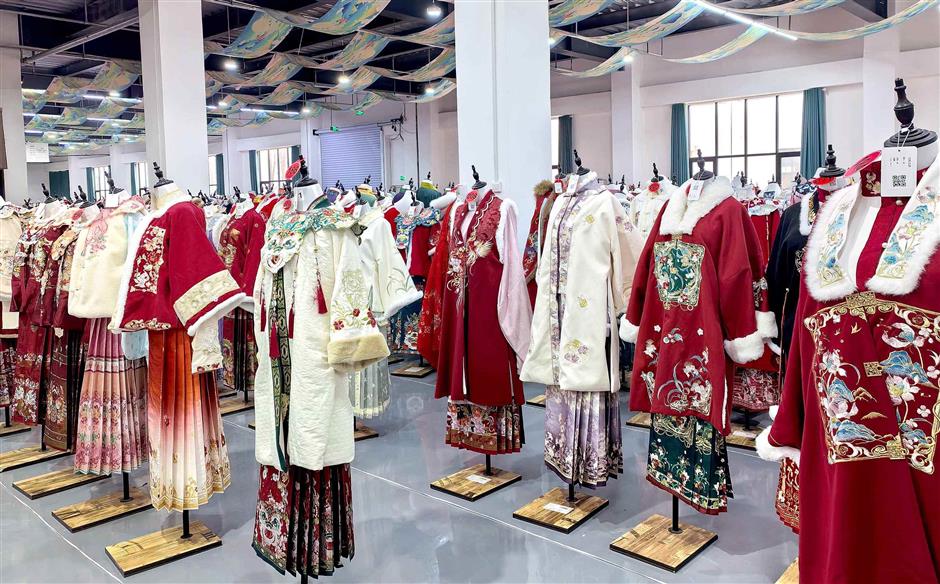
These counties, often overlooked next to major cities, are the capillaries of China's economy: covering 90 percent of land, supporting 60 percent of the population, and producing 40 percent of GDP. They keep China's economic "blood" flowing – and, like Renzhao, they create strength of their own.
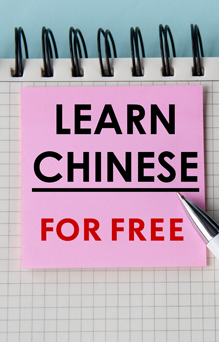
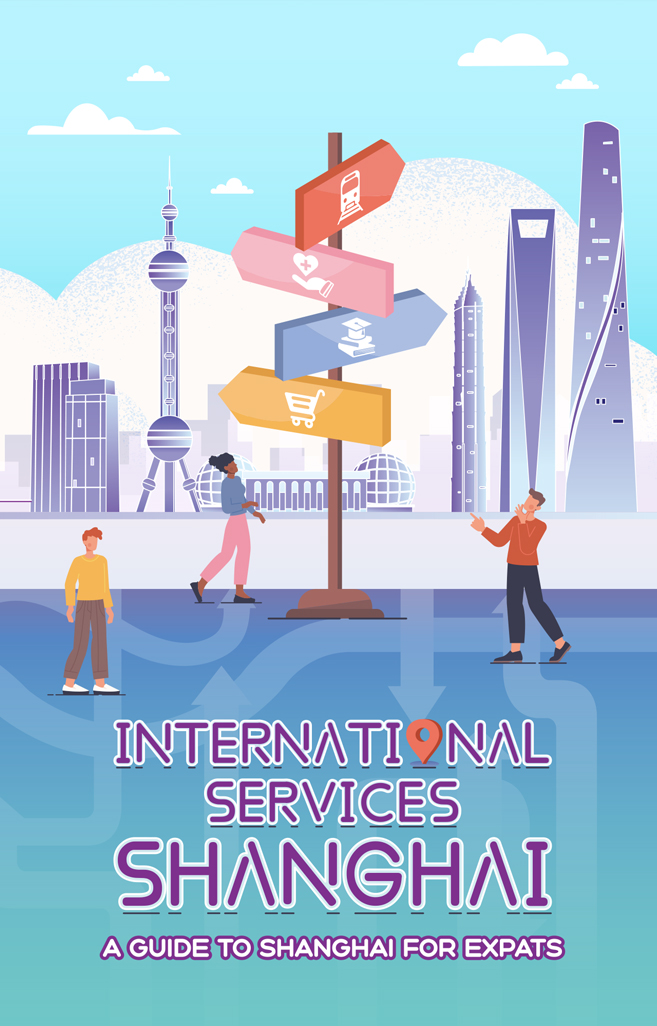


In Case You Missed It...
![[Shanghai Secrets] Fabula: A 6-Seat Restaurant-in-a-Restaurant](https://obj.shine.cn/files/2025/10/11/32360e6b-d2d9-47ff-94be-08ebc51ada35_0.jpg)



Popular Reads
[BIG News] China's Visa-Free Travel for 45 Countries Extended Till 2026
[Quick News] China to Extend Visa-free Access to Countries Including France
Six CIIE Guest Countries of Honor Showcase Unique Strengths, Deepen Cooperation with China

